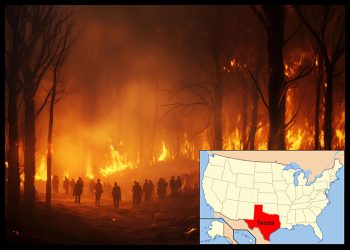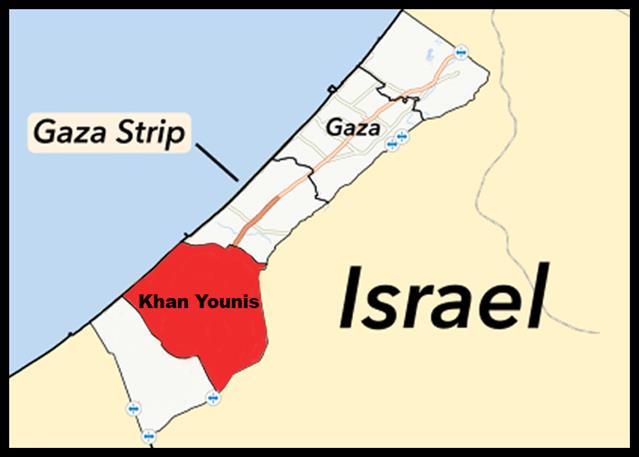
Thursday, NASA launched a satellite to study ocean health, air quality, and the effects of a changing climate.
Known as PACE, or the Plankton, Aerosol, Climate, ocean Ecosystem, the satellite was launched aboard a SpaceX Falcon 9 rocket from Space Launch Complex 40 at Cape Canaveral Space Force Station in Florida.
It successfully entered the orbit at 1:33 a.m. ET, NASA said. It confirmed signal acquisition from the satellite about five minutes after launch, and the spacecraft is performing as expected.
The launch was originally scheduled to take place Tuesday morning, but had to be postponed twice due to unfavorable weather conditions.
“PACE will help us learn, like never before, how particles in our atmosphere and our oceans can identify key factors impacting global warming,” said NASA Administrator Bill Nelson.
From hundreds of miles above Earth, the PACE mission will study the impact of tiny, often invisible things such as microscopic life in water and microscopic particles in the air.
Scientists and coastal resource managers can use the data to help forecast the health of fisheries, track harmful algal blooms, and identify changes in the marine environment.
The spacecraft also carries two polarimeter instruments. These will detect how sunlight interacts with particles in the atmosphere, giving researchers new information on atmospheric aerosols and cloud properties, as well as air quality at local, regional, and global scales.
With the combination of the instrument and the polarimeters, PACE will provide insights into the interactions of the ocean and atmosphere, and how a changing climate affects these interactions.
Earth’s oceans are responding in many ways to climate change – from sea level rise to marine heat waves to a loss of biodiversity. With PACE, researchers will be able to study climate change’s effects on phytoplankton, which play a key role in the global carbon cycle by absorbing carbon dioxide from the atmosphere and converting it into their cellular material. These tiny organisms drive larger aquatic and global ecosystems that provide critical resources for food security, recreation, and the economy.
The mission becomes a reality 20 years after the idea was conceived.
Copyright © 2024, RTTNews.com, Inc. All Rights Reserved.














